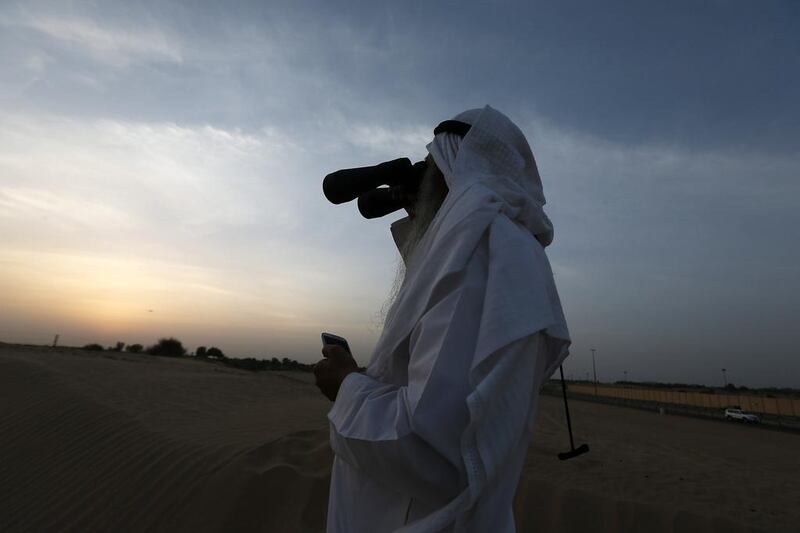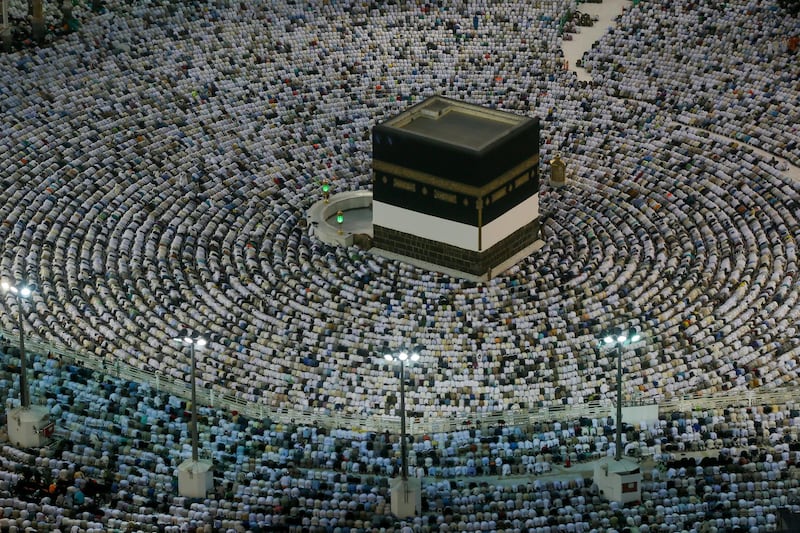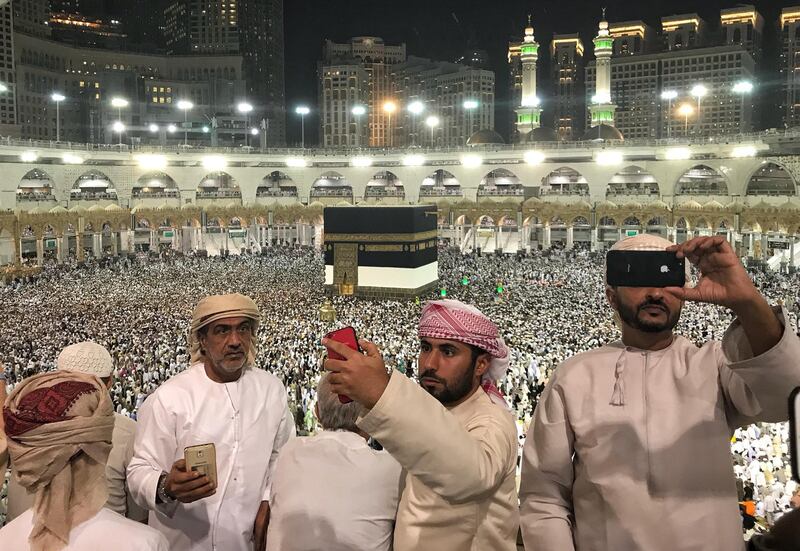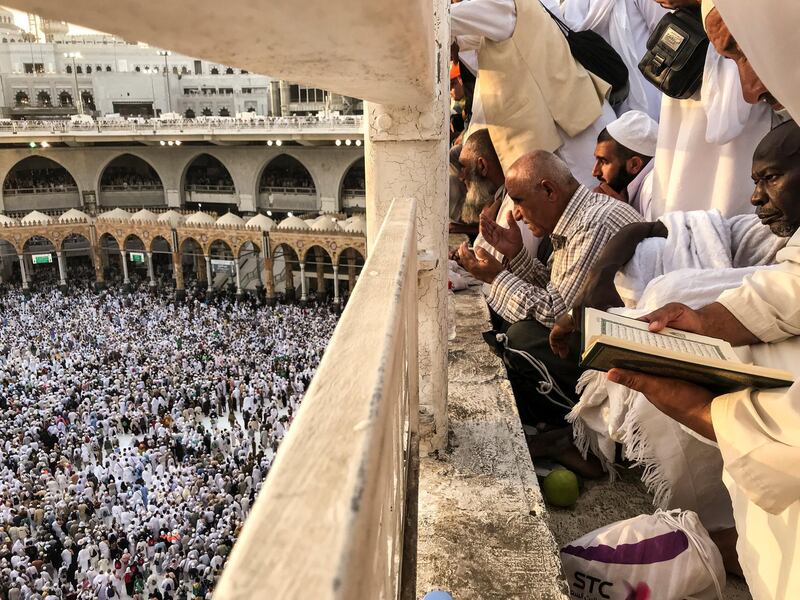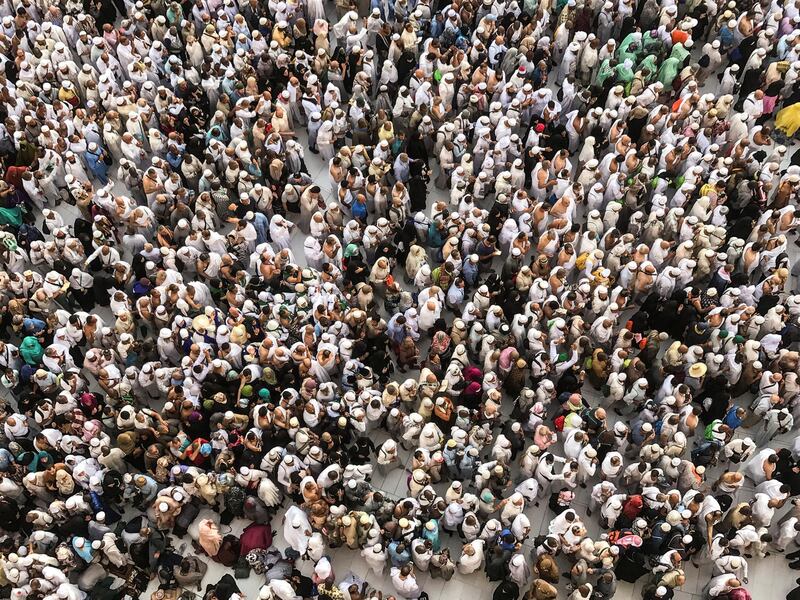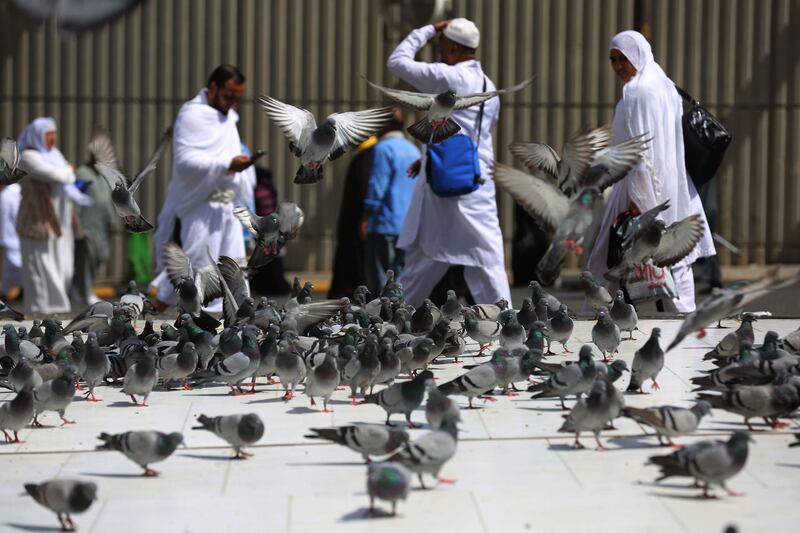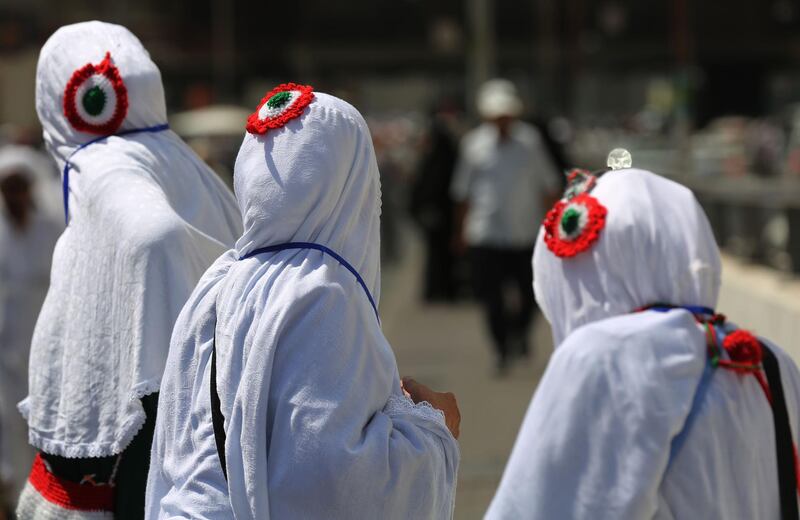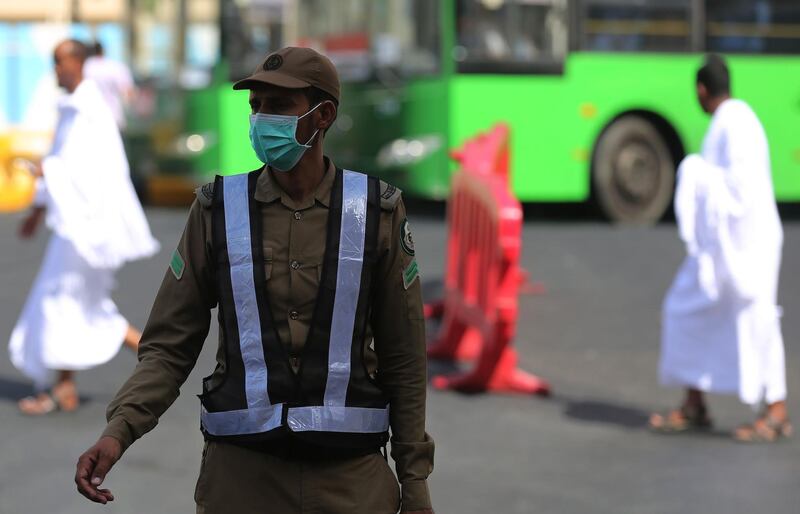Sunday, August 11 will be the first day of Eid Al Adha, according to an observatory in Saudi Arabia.
The new moon to mark the start of Dhu Al Hijja on Friday was sighted in the early evening of Thursday. This means that Eid Al Adha will fall on the 10th day of Dhu Al Hajja, or August 11.
The Saudi Press Agency confirmed the moon sighting:
#عاجل_واس
— واس الأخبار الملكية (@spagov) August 1, 2019
المحكمة العُليا : غداً الجمعة غرة شهر ذي الحجةhttps://t.co/ROBY8v8mxa#العالم_في_قلب_المملكة #حج_1440 #واس
Public and private sector workers will have four days of holiday for Eid Al Adha this year.
Employees across the country will be given a break from Saturday, August 10, until Tuesday, August 13.
On Wednesday, the Supreme Court of Saudi Arabia called on Muslims in the Kingdom to report sightings of the crescent moon to mark the start of the final month of the Islamic calendar.
Moon sightings with the naked eye or binoculars could be reported to the nearest court, the Saudi Press Agency announced.
The new moon heralds the beginning of Dhu Al Hijjah, the last month in the 12-month Islamic calendar.
The month translates as Month of the Pilgrimage and is when Muslims perform the pilgrimage to Makkah, a pillar of Islam required of all able Muslims.
Hajj is observed on the eighth, ninth and tenth of the month.
Arafat Day, when Muslims travel from Mina to Arafat, is observed on the 9th day of Dhu Al Hijjah which will be August 10.
Eid Al Adha, the festival of the sacrifice, begins at moon rise on the 10th of Dhu Al Hijjah and finishes at sunset on the 13th of Dhu Al Hijjah.
Eid Al Adha marks Prophet Ibrahim’s willingness to sacrifice his son Ismail to God. God intervened and sent a sheep to take Ismail’s place. The Hijri New Year, a public holiday, is expected to fall on August 31.
